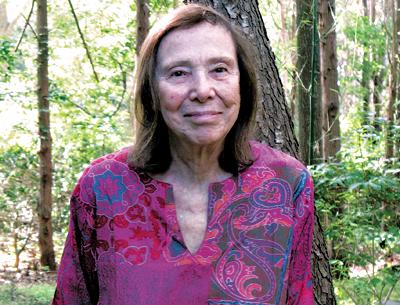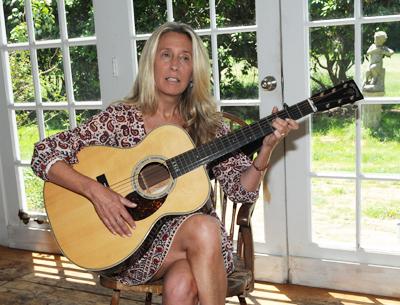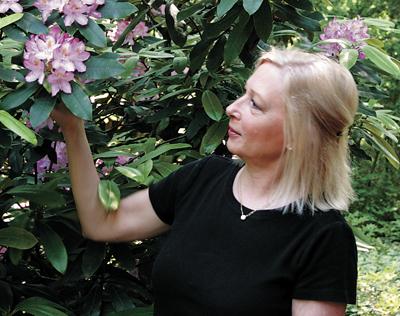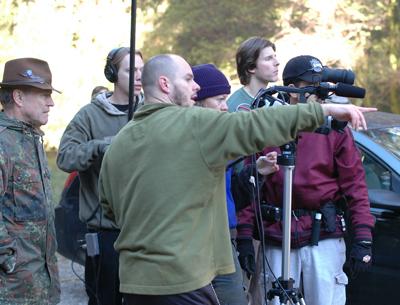Now, Meckseper’s Multiplicity
Now, Meckseper’s Multiplicity
Josephine Meckseper, a New York City artist, photographer, and cinematographer, has installations of a different sort on display at the Parrish Art Museum this summer and fall.
The exhibition is part of the Parrish’s “Platform” series, experimental artist-driven projects that aim to use all aspects of the museum as a canvas. The installations mix a number of artistic disciplines that in conjunction are designed to evoke certain feelings.
Ms. Meckseper puts a wide range of skills and new ideas to use. Questioning consumerism and omnipresent marketing in society today, she has objects in her installations that represent the advertising and retail worlds.
Ms. Meckseper is one of the first artists to use the outdoor gallery space at the new Water Mill museum. Two of her glass display cases are outside the main entrance. Her sculpture “Sabotage on Auto Assembly Line to Slow It Down” (2009) sits inside the main entrance, its chrome fixtures reflecting the passing traffic on Montauk Highway.
Her other installations, including the slatwall works “Crow” (2011) and “Corvette” (2010), are accompanied by the works of John Chamberlain, Willem de Kooning, Dan Flavin, and Keith Sonnier. Each piece is positioned around the museum in such a way that they complement one another’s styles and objectives.
Ms. Meckseper is German born but lives in Amagansett and New York. She studied at Hochschule der Kunste in Berlin and earned an M.F.A. at CalArts in Los Angeles. Her work has been shown in the Solomon R. Guggenheim Museum, the Museum of Modern Art, the Whitney Museum of American Art, the Brooklyn Museum, Migros Museum fur Gegenwartskunst in Zurich, and the Hammer Museum at the University of California, Los Angeles.
The exhibit opens today and continues through Oct. 14. Museum hours are Wednesday through Monday from 11 a.m. to 6 p.m., with Friday hours till 8 p.m. Guided tours happen on Sundays, Mondays, and Saturdays at 2 p.m. Admission is $10 for adults, $8 for senior citizens, and free for members, children, and students.





